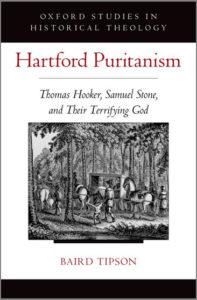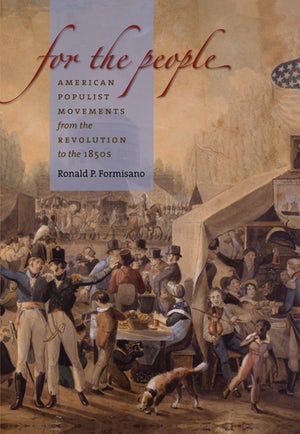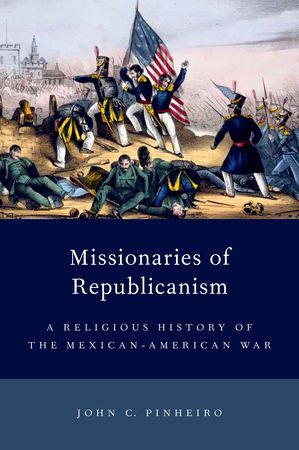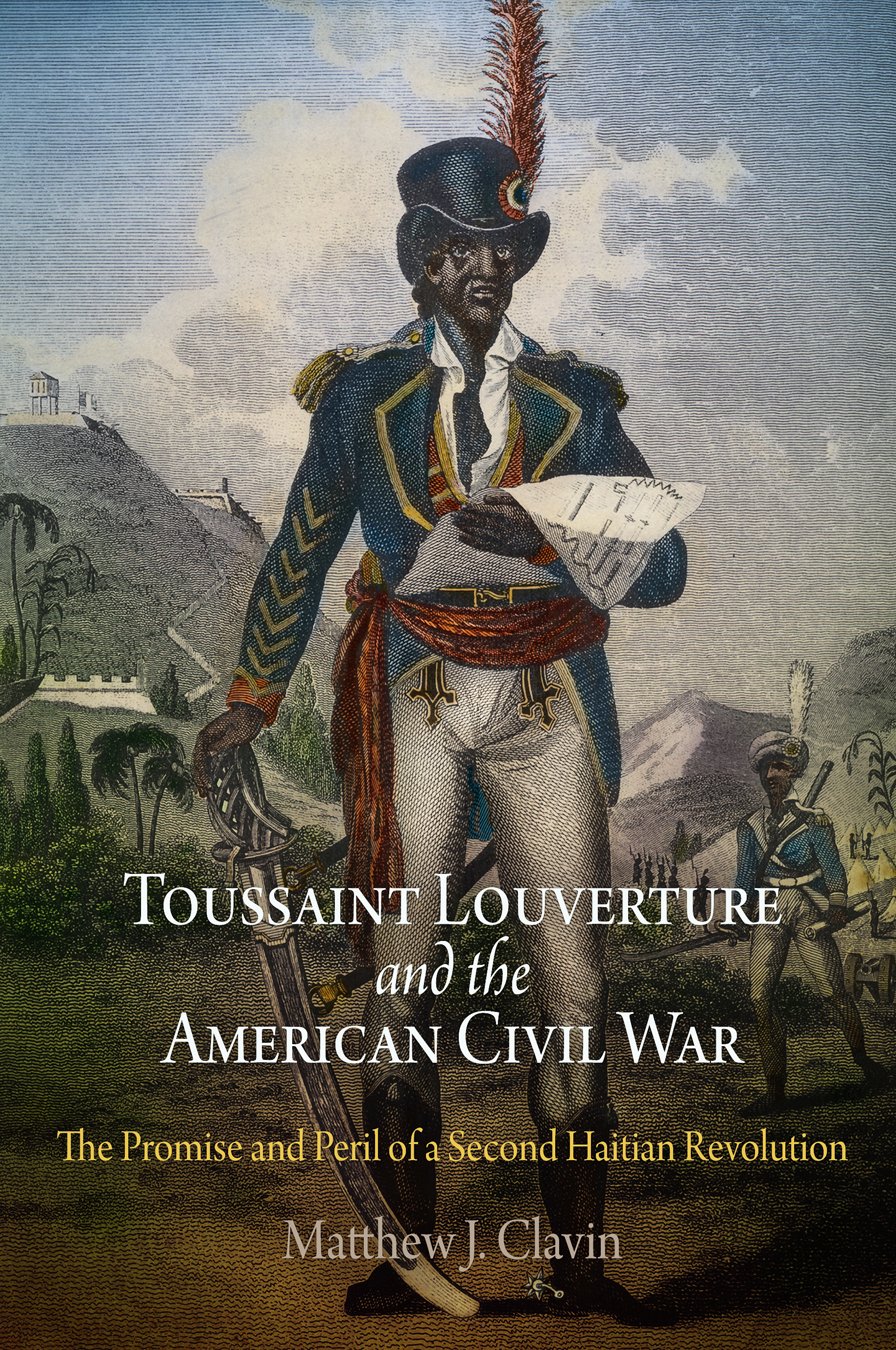Picture a sine curve, a single wave endlessly rising and falling across the x-axis. That is the Puritan life. It models their version of sanctification, the fruits of grace that follow from justification (the moment God redeems a sinner). The ascent of each wave was called comfort, or assurance, and that came from believing Christ had substituted himself for one’s own sins and paid the price in full. Rising in assurance, believers would begin to commune with Christ through their desire for him and their deeper and stronger sense of his loveliness and holiness. It was wonderful. It could be rapturous. Some described it as a “joy unspeakable.”
But then—just like that—it ends. The wave peaks. The believer begins to sink.
The downward turn occurs precisely because of its ascent. The fact that Christ died for sins makes the godly recognize the depths of their sin and ingratitude. And the more they could see of their own depravity and disobedience, the further they would fall into what Puritans called humiliation, a godly sorrow: could Christ really have died for me? As sorrow seemed about to sink the soul, however, the preaching of the minister and the fellowship of a godly community would begin to convince the sinner that, yes, even this degree of depravity has been covered. Christ died for me! The believer would rise again.
In his new, excellent book on Puritanism, Baird Tipson emphasizes that this life of faith accrued assurance of salvation over the long haul. Conversion was not a moment; it was more like momentum. It involved a daily turning. No particular “religious experience” could produce an ability to rest in full assurance, just as no particular failing could be cause for despair. Progress instead would be measured “by a Christian’s affection or desire rather than by the actual results of her efforts” (282). That is because, as Tipson summarizes, “At its core, conversion involved a ‘change of heart,’ a convert’s changing how she desired to live and what she desired to do. It involved an Augustinian reorienting of the core disposition of the human will” (273).
Such a change of will marked how the godly life would go on. Unlike an actual sine curve, the peaks and troughs of Puritan sanctification were not supposed to be the same height and depth each time. Every peak should rise higher, and every trough dip deeper. The more believers realized how badly they had failed, the more amazed, assured, and comforted they would be that Christ had died for them. The more they were able to witness and realize Christ’s beauty and grace and glory, the more they would see just how badly they had failed. The lows sink as the highs rise. And on it goes, day after day, until one day the believer finally dies: in glorification, assurance changes from a foretaste of heaven into a seat at the table of the Lord. No Puritan life ever mechanically followed this graph, but the idea behind it served as a guide to many.
That guide came to most Puritans through their preachers. As Tipson writes, “ministers like Hooker and Stone were not only describing the kind of conversion they wanted their hearers to experience, they were also using the rhetorical techniques at their disposal to induce and shape that conversion” (273). The sensations of those in the pew came filtered through an interpretative framework preached from week to week, moving sinners through an expanding sine curve of sorrow and hope, comfort and fear.
Ideally, every sermon contained both the comfort and the sorrow, but ministers directed their words to stress one or the other as needed. If congregations moved too much toward security (turning assurance into complacency), preachers administered the Law; they showed how far all had fallen short. But if congregations seemed to be sorrowing too much—if they approached that terrible dip into despair—then ministers preached the Gospel, the comfort of grace. Faced with despair, Puritan ministers frequently insisted that even the dimmest beginning of a mere desire to believe constituted a good sign that the seed of grace had taken root and would grow into salvation. The bruised reed, they liked to say, would not be broken; God would not snuff out the smoking flax.
Anxiety and assurance, the sorrow of sin and the comfort of Christ, the law and the gospel—this was the Puritan way of grace.
Such guidelines were accepted by most who professed themselves the “godly” (what Puritans called themselves), but each minister had his own way of applying it. In Hartford Puritanism, we find an “extreme Augustinianism” that emphasized terror as a form of grace. In fact, Hooker seemed to think of humiliation as the ultimate sign of salvation, and he bent his congregation to long and agonizing struggles of the soul. For Hooker, as Tipson explains, “Brokenness, not ecstatic experience, was the best sign of God’s presence” (355).
This does not mean that Hooker rejected comfort. He agreed with others that the purpose of preaching was “twofold: to reprove the false pride of sinners, and, only after their repentance, to comfort faithful souls in those times when they doubted that they had gained God’s favor” (249). But as Tipson explains, “He gained a reputation among his ministerial colleagues for the ferociousness of his reproofs” (249). Hooker once claimed that God had called on him to fling “hell fire in your face” (249). Like certain evangelical preachers who would come later, Hooker intended to save by fear. His God was an angry God.
That potential link to modern evangelicalism functions as one of the guiding purposes of Tipson’s study. For Tipson, Hooker “documents a vital stage in the development of Protestantism from the Reformation to the great Evangelical Revivals of the eighteenth and early nineteenth-centuries,” and he claims that Hooker “anticipated much of what was to come” (4). Unfortunately, the full connection to evangelicalism seems to be waiting for a further study. What we get in this book, on the contrary, is a wonderful account of one particularly important Puritan and his extreme theology in an era grappling with predestination and practical divinity. A biographical sketch appears of Hooker (chapter 2), but this is not biography; instead, it is a model contribution to its Oxford series, “Studies in Historical Theology.”
As a study of historical theology, Tipson lucidly lays out, for example, every possible early modern position on predestination and shows both what was at stake and why so many people cared. Over the course of two brilliant chapters (5 and 6), Tipson ranges from Jesuits, Dominicans, and Jansenists to Protestants such as Martin Luther, William Perkins, Thomas Hooker, and Jacobus Arminius. Consider the Jesuit theologian Luis de Molina—one of the most influential (albeit now-forgotten) thinkers of the sixteenth century. Using what amounts to an early form of modal logic, Molina posited that God contemplated all possible worlds before bringing ours into being. In each one, God foresaw the decisions every person would make. Then God chose to create the one world in which the elect would come across the proper conditions to encourage belief. Incidentally, this is the same model Arminius adopted. As Tipson shows, for all that “Arminianism” has come to mean “opposition to predestination,” it did not begin that way. Arminius just worked out God’s predestination through a process whereby God carefully formed and guided the worldly conditions in which each person’s will either would or would not be persuaded by the presentation of God’s grace.
In fact, as Tipson shows in these chapters, despite the ferocity surrounding predestination (the king eventually outlawed any preaching about it), no one really objected to predestination per se. What they objected to was the conception of human will each model implied. One of the main opponents to Molina and Arminius was the influential Puritan William Perkins. In the seventeenth century, his works outsold Shakespeare. His books guided Oxford and Cambridge. His ideas trained up a whole generation and more of Calvinists in both England and America. And when it came to predestination, Perkins believed that Molina did not go far enough. God does not persuade the will; he replaces it. He does not coax the unregenerate; he overpowers them. And thus, God’s predestination does not depend on the creation of conditions for belief; it depends on an active re-creation of the sinner’s heart.
How does that happen? By preaching the word. In his sermons, the minister became the instrument of God, and when the experience functioned properly, Puritans called it the “demonstration of the Spirit”—the work of God made possible “in, with, and under” the preacher’s words. And yet, that preaching still needed to be done with careful skill to make possible the demonstration of the spirit. As Tipson shows, Hooker imitated the theatrical style of a famous minister named John Rogers. Rogers would play-act while preaching, taking on the role of God and impersonating His voice: he would bellow and roar, he would threaten and console, he would plead with wild gestures from the pulpit. And in the process, he packed the church. Most Puritans hated the theaters—closed them down, in fact—but they also copied what worked.
Moreover, they defined “what worked” by what moved those sitting in the pews. Puritans preached to change the will, not convince the mind. Logic still mattered, of course, and some, such as Hooker, thought saints could deduce the grace of God in their lives through the shape their lives had taken. If a person’s experience matched the sine curve of sanctification, then he or she could conclude that justification had occurred—even if the moment had passed unnoticed. Nonetheless, sermons still aimed at the heart. As Tipson explains, Hooker believed the understanding would find a way to reject whatever the will would not accept. So he cut a middle line between logical deduction and emotional experiences. Assurance of salvation, Hooker believed, did not result from a single religious rapture, but instead arose over a long period of reflection on one’s desires, deeds, and dispositions, one’s steady growth in grace. According to Hooker, genuine faith had three distinguishing marks: it arose from contrition, it inspired daily repentance, and it stirred believers to want more of faith and grace.
From predestination to preaching, from abstract theology to practical divinity, Tipson does a marvelous job covering the terrain of Puritanism as it appeared in the world of Thomas Hooker. In the process, Tipson shows that Hooker was both an ordinary Puritan and an extraordinary outlier. His godly colleagues critiqued him for terrifying people too much, or for demanding a humiliation so extreme that no saint could possibly achieve it. That’s where Samuel Stone comes in. The subtitle of the book makes it sound as though he and Hooker will receive equal billing, but this is not a book about Stone, who was ordained alongside Hooker in the Hartford church and wrote the first complete body of divinity in New England. Stone, who was just as much a Puritan as Hooker, approached their shared doctrine quite differently. As Tipson puts it, “Stone’s emphasis on the attractiveness of Christ and the soul’s eagerness to embrace him contrasts startlingly with Hooker’s emphasis on the soul’s continued need for brokenness and rigorous self-discipline” (342). In the balance between justice and mercy, Hooker leaned on the former, Stone on the latter.
The law and the gospel. Never one without the other. It would seem that in seventeenth-century Hartford, Hooker and Stone divided the duties incumbent on all Puritan ministers. One scared the hell out of the ungodly, the other took the weak believer by the hand and held out the promises of God. As this beautiful, learned book reminds us, Puritans insisted on both.
This article originally appeared in issue 17.3.5 (Summer, 2017).
Abram Van Engen is associate professor of English at Washington University in St. Louis and the author of Sympathetic Puritans: Calvinist Fellow Feeling in Early New England (2015).



















